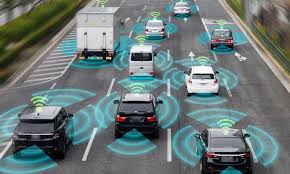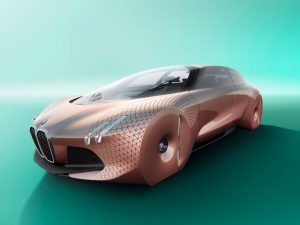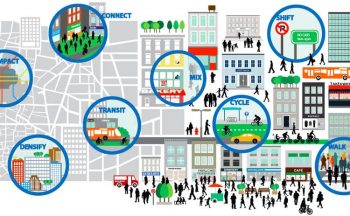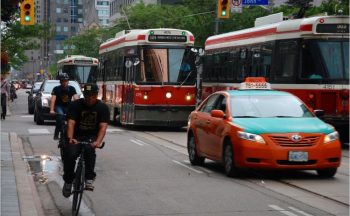 August 2019
August 2019
Automated vehicles appear to be just around the corner. This could change the nature of automobiles in ways few have considered.
When automobiles first became available few were unable to imagine what was to come. The Times of London wrote, in 1894, “… in 50 years, every street in London would be buried under nine feet of manure.” Four years later, at an international conference in New York City, planners failed to come up with a solution.
This prediction proved to be entirely wrong. Just 23 years later, in 1917, New York City’s last horse-drawn trolley was out of operation.
Automated vehicles may be the greatest disruption to personal transportation since invention of the automobile. Allowing vehicles to transport individuals and goods without a driver behind the wheel changes assumptions underlying how our city is built. Where today we talk about smartphones, tomorrow may be an era of smart roads designed to reduce collisions. New technologies and industries will be created while others will experience fundamental change. Amazon is working on a technology to include a 3D printer and printing material on an automated vehicle. Rather than transport finished product, purchased items would be “printed” in-transit.
 Automobiles changed our cities and homes, and transformed our lifestyle. We learned to build roads for automobiles to navigate. Parking spaces were required both at home and our destinations. Highways were built to speed travel and reduce congestion. Entire industries were created to build, maintain, repair and fuel our automobiles. It became the single most expensive purchase after a home. Malls wanting to attract large numbers of consumers had to provide parking which required large amounts of space. In short, our entire model of urban and suburban development has been based on the automobile.
Automobiles changed our cities and homes, and transformed our lifestyle. We learned to build roads for automobiles to navigate. Parking spaces were required both at home and our destinations. Highways were built to speed travel and reduce congestion. Entire industries were created to build, maintain, repair and fuel our automobiles. It became the single most expensive purchase after a home. Malls wanting to attract large numbers of consumers had to provide parking which required large amounts of space. In short, our entire model of urban and suburban development has been based on the automobile.
Condo communities were developed to reflect the automobile. Some communities built outdoor parking space owned by residents and to accommodate visitors. In areas where space was harder or costlier to come by, underground parking was built. Both approaches impact on common areas and available outdoor space including how it is developed and maintained.
Today, another fundamental change is in process. Fewer people in urban centres feel the need to own an automobile for reasons that include cost, convenience or need. Improved transit, vehicle sharing, bicycle rental and Uber have all become more popular. For short trips many prefer bicycles, electric bicycles and scooters.
The city is transforming to reflect this change. Roads created for automobiles are being redesigned to better accommodate public transit and short-trip vehicles. Retail along transit lines, including large malls, no longer require as much parking space. Transit can now accommodate bicycles while bicycle parking can be found near transit stations, office buildings and on sidewalks.
Condo communities are adapting. Fewer automobile parking spaces and more for bicycles is more common as is accommodation for vehicle sharing services.
Automated vehicles may not be limited to roads. Smaller vehicles navigating roads and walkways may deliver product to stores and consumers as currently exists in Washington and San Francisco. In dense areas, unmanned aerial vehicles (UAVs) may prove to be more effective. This technology is currently being tested by Amazon.
Should automated vehicles become a reality, our future may soon be one of fewer vehicles and parking spaces, and less retail space. There may be a need for dedicated space to accommodate automated vehicles along with more storage and warehouse space in surrounding areas to support this new reality.





